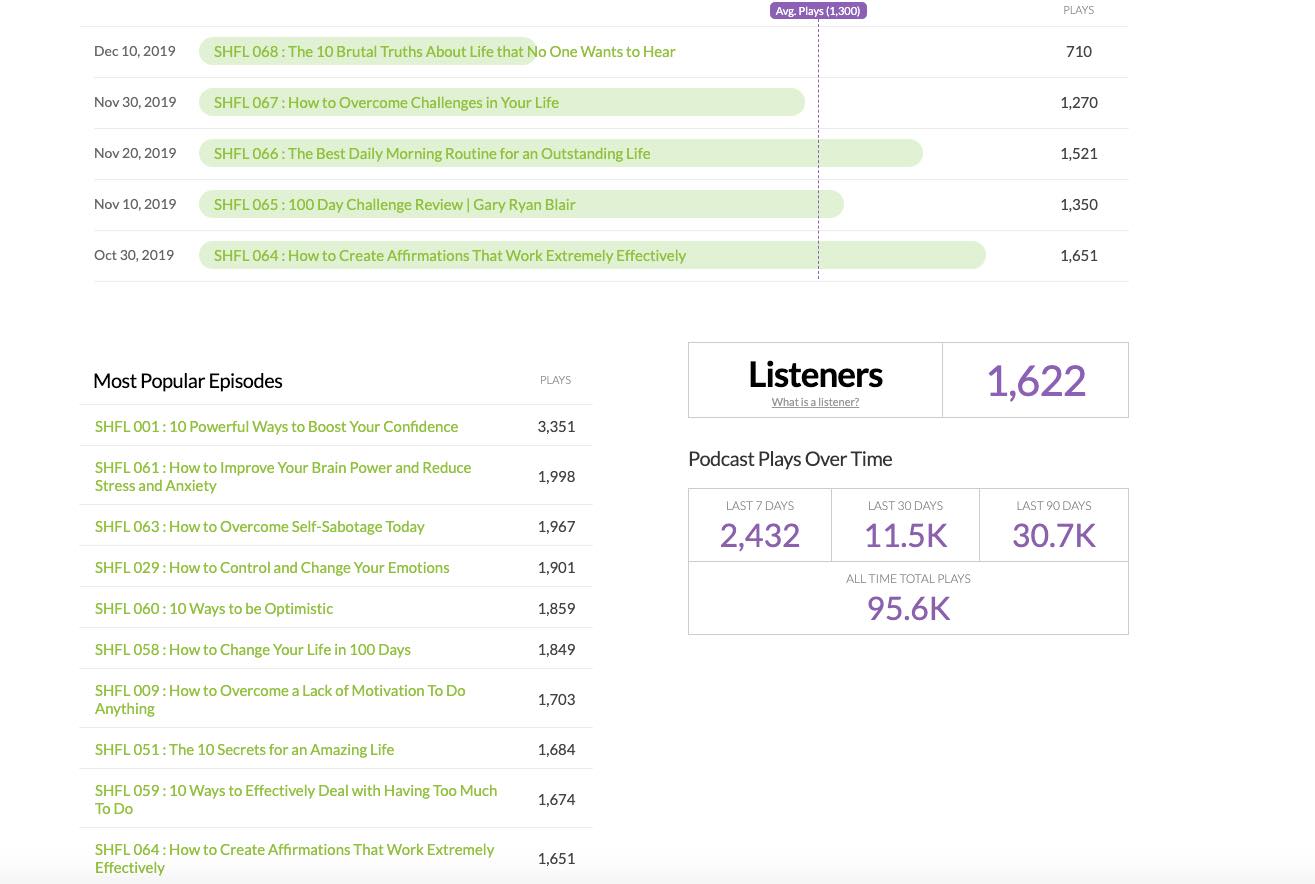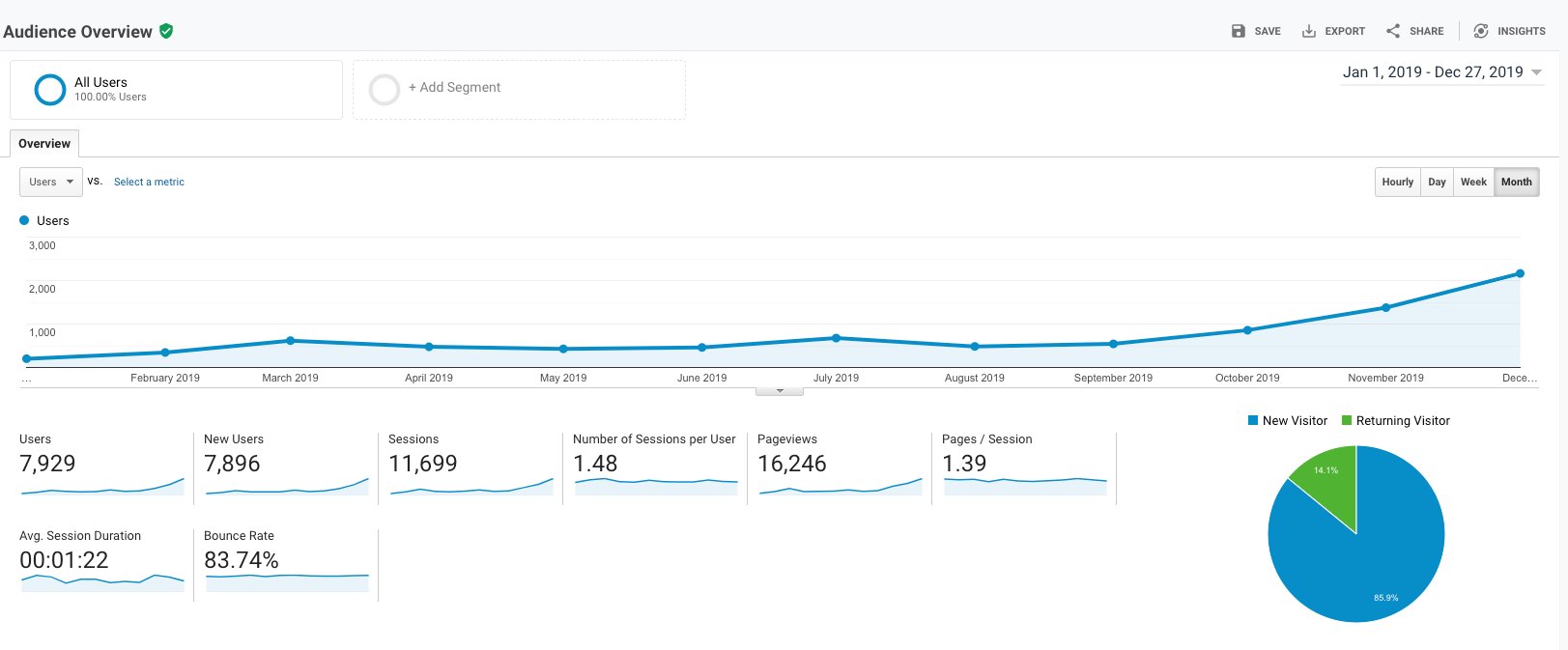It’s essential to understand why you get what you focus on. It’s a fundamental component to all success and positive personal change. I can’t emphasize this enough! When you understand this, the way you think will never be quite the same again.
The key reason that you get what you focus on lies in how your brain learns. It learns by focus and repetition. Think about how you learned things in the past? I’m sure focus on the skill and repetition had a part to play.
However, when it comes to thinking and imagining, we often focus on what we don’t want. We think about the worse outcome primarily because of fear.
It doesn’t have to be this way. Start by understanding why you get what you focus on and how your brain really works. You can then nip your old ways of thinking and imagining in the bud. Life then gets easier, with less internal conflicts and greater peace and happiness.
Watch the Video Below:
Listen to the Podcast
What You Think About Is What You Bring About
Everything you’ve achieved in life so far is the result of your thoughts and focus of attention. Any disappointment, frustration, or stress in your life results from not focusing on what you want. The same goes for lack of money, lack of love and feeling lonely.
Most people try to fix a problem by focusing on what they don’t want. They say things like:
- I don’t want this pain in my body anymore
- I don’t want to be single anymore
- I don’t want to stay in this boring dead-end job anymore
There’s a great quote that came from Bob Proctor. It’s “What you think about is what you bring about”. Whatever you focus your attention on, your mind will attempt to bring that into your life, to the best of its ability. So whatever you focus on, you get. It doesn’t matter whether that’s positive or negative.
How the Subconscious Mind Works
I first learned this back in 1993 when I read a book called Psycho-Cybernetics by Maxwell Maltz. In this book, he explained how the subconscious mind can’t make decisions. It just takes in what you consciously think about. If you constantly think about things you don’t have, then your subconscious mind has no choice but to give you more of that in your life.
But if you imagine and visualize the things you want, then your subconscious mind helps you get more of that too. I got this immediately. It was a profound insight for me. It made perfect sense. However, it’s taken me a lifetime to apply it. It’s something I have to remind myself constantly about.
How We Learn
Think about the way we learn. Learning to drive requires your conscious attention and conscious awareness. As you deal with changing gears, steering and all the road rules, this is all you can think about.
However, the more you practice driving, the easier it gets. After a few weeks, you can easily hold a conversation whilst driving. This happens because you have impressed the skill of driving on your subconscious mind. It’s now automatic and you don’t have to think about it.
The subconscious mind learns through repetition. It can’t learn any other way! So, if you repeatedly think or imagine what you don’t want, the subconscious mind will pick up on it. That’s how it learns.
What the Subconscious Mind Understands
The subconscious mind doesn’t understand words. It gets concepts, ideas, and the feelings behind certain words.
I will give you an example of how this works. I will repeat several short phrases now. I’d like you to repeat them to yourself, either silently or out loud.
- I don’t want to get cancer
- I don’t want to get made redundant
- I don’t want to get rejected.
What did you notice when you repeated those words? You probably noticed a certain feeling on one of the negative words – cancer, redundant or rejected. Your unconscious mind came up with this feeling for a split second when it heard that word. Most people think the unconscious mind is picking up on the word itself. But it is actually picking up on the feeling.
Experience-Based Neuroplasticity
To really understand the importance of focusing on what you want, it’s good to know the basics of neuroplasticity. The old thinking, probably 40 years ago or so, was that the brain was fixed and hard-wired. That it didn’t change much in someone’s lifetime. Today, we believe the brain can change, that it is flexible, malleable, and plastic. This is where the term neuroplasticity came from.
When you have an experience, your neurons, or your brain cells, will switch on and fire. Once those neurons fire, synapses are created. Synapses are the connections between different neurons. We have a hundred billion neurons ready to act at any point in time, but not all of them will switch on and fire. That depends on the experiences we’re having. The more connected the neurons are, the stronger that area of the brain becomes and the more effective and responsive it will be.
The neurons that aren’t used will wither and die. Why is that? Our brains are of finite size. We can only fit a certain number of neurons, synapses, and connections in it. So it reserves space for those neurons or brain cells we need the most.
Our Experience Shapes Our Brain
Every new experience creates new synapses or strengthens the existing ones. When we have the same experience many times, those neurons get elevated in importance and eventually become part of our long-term memory. As a result, we never forget how to ride a bike or drive a car.
Your experiences alter the physical structure of your brain. All the things you do, the people you hang out with, your feelings, thoughts, and automatic experiences influence the wiring in your brain. It’s all part of who you are now and who you want to be.
What do most people do?
Most people are not deliberate or conscious about what they focus on. Instead, they let other people shape their brains automatically. That can happen in a positive or a negative way. If you let your mind settle on self-criticism, stress, worry, fear, guilt, regret, your brain will give you more of that same experience. Over time, you’ll become more vulnerable to worry, depression and anxiety.
What to do instead?
You need to change the meaning of a situation to make it more positive. Then, the brain strengthens connections around resilience, optimism, gratitude, positive emotion and self-esteem.
Holding any positive experience for at least 20 seconds is long enough for neurons to fire and new synapses to be formed. Just thinking about one positive thing to the exclusion of all others for 20 seconds is enough to get the brain to start reshaping itself. By creating those new connections or synapses, you’re making a change that’s automatic and unconscious.
Dealing with Negative Thoughts
Even when you focus on what you want, you’ll still get some thoughts about what you don’t want. It’s natural. The trick is to pay less attention to them. You can’t stop all negative thoughts from appearing, but you can pay less attention to them. Here are some great ways to do that.
1. Use a Stop Word
A stop word is a word or phrase that you say to yourself mentally (or even out-loud) when you notice a negative thought. My favorites are “cancel”, “delete”, or “thanks for sharing”
2. Challenge negative thoughts with questions
Challenging negative thoughts with questions forces your mind to think in different and more positive ways. A great question to ask is “Do I want more of this?” The answer will probably be no.
3. Practice Intentional Living
What is intentional living? It’s about being aware of the different situations that occur during the day. Then asking “what do I want?” at the start of each new or different situation.
Here are some examples.
- You are catching the train to work. Before you get on the train, ask yourself, “what do I want?” The answer could be “I want to get a seat on the train” or “I want it to arrive on time”.
- You get into the office and you have a meeting at 10 o’clock. Ask yourself, “what do I want from this meeting?” The answer might be “I want to express my point clearly”. Or “other people will understand and appreciate what I have to say”.
- You might meet someone for lunch. So you ask, “what do I want?” The answer could be “I want to catch up and have an enjoyable experience with this person”. Or “I want to have a few laughs and share some common experiences”.
4. Use the “I’m so happy and grateful” affirmation
Here is a great affirmation that will help reduce any negative thoughts. It’s “I’m so happy and grateful that ________________ is getting closer and closer to being in my life.” You fill in the blank with a goal.
Here are two examples:
- I’m so happy and grateful that earning $5,000 a month passive income is getting closer and closer to being in my life.
- I am so happy and grateful that reducing my weight to 60 kg is getting closer and closer to being in my life.
As you do this, it’s important to focus on the positive feelings generated by repeating these affirmations.
Mind-Body Medicine
The core principle behind mind-body medicine is that your mind (your consciousness and your thoughts) influences your brain. This then influences your body. The simple rule behind mind-body medicine is that you tend to get more of what you focus on. If you focus on illness and disease, you tend to get more illness and disease. If you focus on health and healing, you get more of that.
There are countless examples of people who healed from diseases like cancer by focusing on healing and health. They focused on what they wanted. This allowed the brain to influence the body in positive ways.
The Story of Milton Erickson
To illustrate how the mind affects the body, I want to share with you a story about Milton Erickson. He was the father of modern hypnotherapy. At 17, he contracted polio and became severely paralyzed. Doctors thought he would die. But he didn’t want to give up.
He recalled body memories, such as movement and muscular activity. He did this repeatedly. By concentrating on these memories, he slowly learned to tweak his muscles and regain control over parts of his body. Eventually, he could talk again and move his arms.
Still unable to walk, he trained his body further by embarking on a grueling thousand-mile canoe trip–alone with just a few dollars. And after that trip, he could walk with a cane.
This was back in 1918, long before neuroplasticity was even thought of as a word. It showed that when something happens in the body, the brain can find another way. But only if you focus on what you want.
I hope you now understand how important it is to focus on what you want. Keep this principle in the forefront of your mind at all times. It will have a huge positive impact on your life!
Thank you for reading this article. If you enjoyed it and found it useful, then please share it with other people, or on social media.
Hope you are having a wonderful day!
Paul














